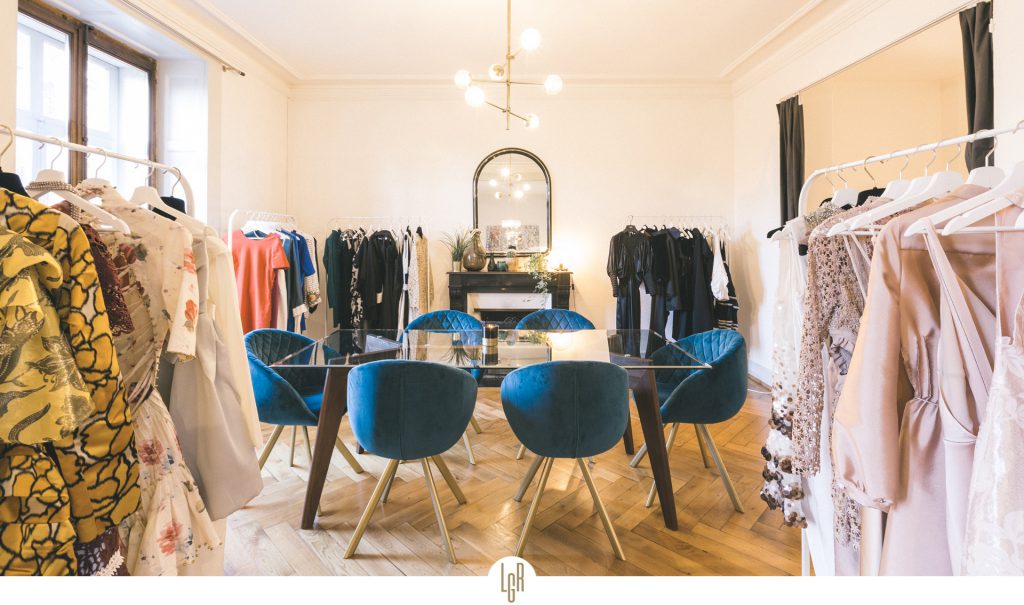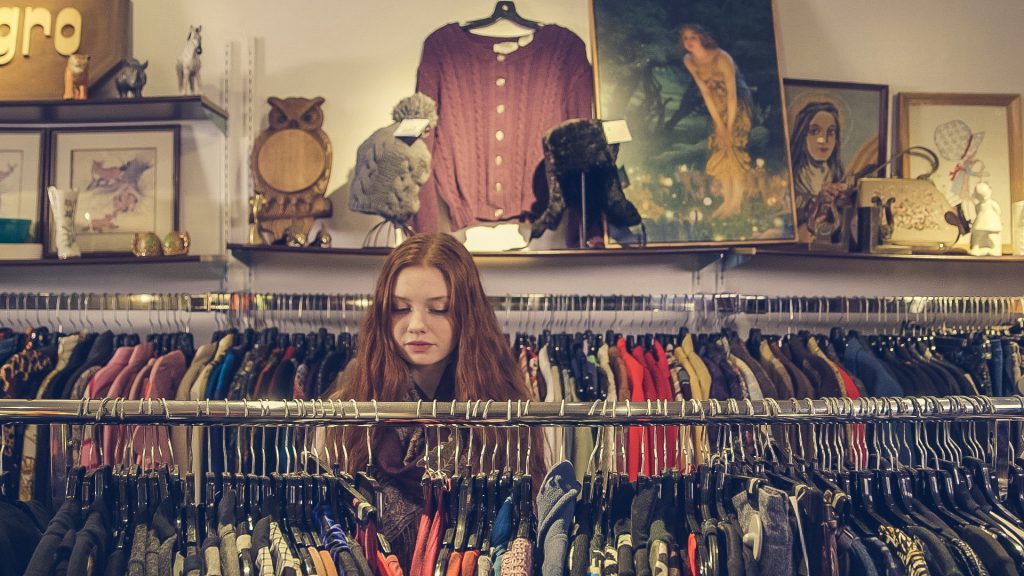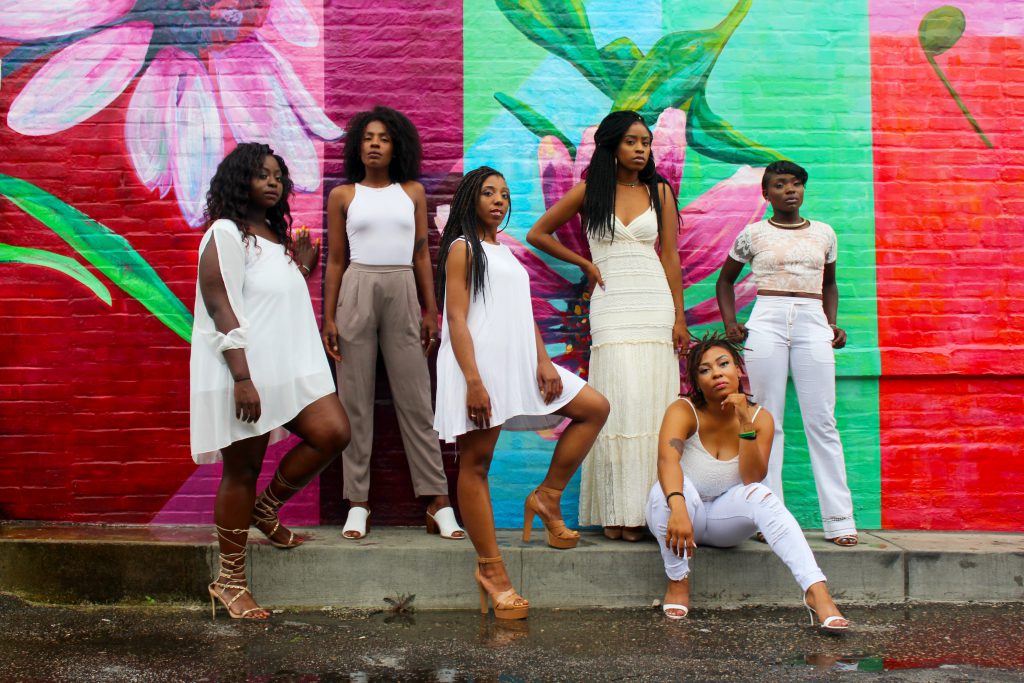
This article has been updated for the latest developments in the fashion rental market & sustainable fashion in 2020 and was first published in November 2018.
The Fashion Rental Market in 2020
Peer-to-peer lending is not a new idea, it has always been an integral part of our wardrobe crisis solutions. What’s different in 2020 is the scope and scale of “borrowing” clothes and the impact this new market has on sustainable fashion.
Over the last few years, the fashion rental market has seen tremendous growth both in popularity as a consumer trend and as a business model.
The core reason for this expanding demand from both established fashion retailers and conscious consumers is the perception of rental as a more sustainable and circular consumption option to fast fashion while offering a budget-friendly route to an infinite wardrobe. According to industry estimations, half of fast fashion is disposed of within only a year.
2019 saw fashion brands and retailers up their game in taking more responsibility for their environmental and social impact by launching ambitious sustainable fashion initiatives. And the rental market fits in perfectly with a more responsible and sustainable fashion industry that has reduced waste output.
In 2020, the rental fashion concept pioneered by Rent the Runway and adopted by niche platforms is hitting the mainstream with global retailers – even fast fashion giants such as H&M – launching rental lines.
Steps Towards A Sustainable Fashion Industry
While the growth of the rental and second-hand markets are very promising steps for a circular industry, there will always be consumers who won’t jump on this train where ‘new in’ is never new. Add the carbon footprint of sending, returning and dry cleaning those rented goods to the equation and some industry experts believe rental fashion isn’t enough to address concerns around sustainability as a one-stop solution.
This is exactly why fashion retailers need to get better at demand prediction, assortment mix planning, and personalised offerings so that one of the biggest barriers between our industry today and a more sustainable future – overproduction and stock waste – can be tackled at the root. Retailers who know exactly what demand looks like in real-time and effectively match the right products to the right customers will organically reduce stock waste, benefitting both their business and the environment.
Fast fashion has tried to answer women’s pain to renew their closet often, by overproducing bad quality apparel… says Nadia Khattab founder of La Garde-Robe, an online clothing rental business for women.
Talk to us about your latest venture and what excites you about it?
In October, we were finalists of the Mass Challenge 2018 accelerator program in Switzerland and we ended up the 10th top start-up of the cohort. A very encouraging result and promising for the future. We are sponsoring several events in Switzerland this year and we are developing our pop-up strategy. Unfortunately, we can’t share more details for now. Stay tuned.
What is the profile of your customers and how do you see that developing?
Our average customer is 32 years old. She works quite hard and even if she doesn’t, she has a busy life with kids and family. Time for her is value. She likes to try new styles and loves to discover new designers and brands. She has a couple of events in a year’s time related to work, weddings and parties for which she is really happy to rent an outfit. Sometimes, she decides to drop her closet at La Garde-Robe LGR and enjoy the concept of making another woman happy.

How do you think fast fashion has impacted the clothing rental market and what does a sustainable fashion industry look like?
Fast fashion has tried to answer women’s need to renew their closet often, by overproducing bad quality apparel, with a designer look-alike style but at the cost of the ecosystem. The user experience, in the long run, is bad because people understand more and more about the environmental impact (Burberry & H&M scandals).
Our customers are just getting annoyed about it. They look for alternative and less harmful solutions. The rental market satisfies the pain of renewal, matches the fast-fashion price point and is sustainable. The cherry on top of the cake is it helps promote emerging designers and new brands.
How do you see the future of the clothing rental market?
In the US, the rental market represents 1% of women’s wardrobe. We are not there in Europe but I believe it is reachable within the next 5 years.
I see new rental businesses growing every day like mushrooms which is really amazing. It is just answering to people’s needs.
What are the hottest initiatives in sustainable fashion right now?
The fashion revolution: it is a global movement that runs all year long born after the Rana Plaza collapse in 2013. They launch impact campaigns like #whomademyclothes last year.
What are the biggest trends in the fashion industry that retailers should keep an eye on right now and why?
Trends come from customers. For example, body dictates are weaker than ever. You see it by just looking at plus-size Instagrammers becoming super-stars on social media.
The market is giving direct feedback to brands. The fashion industry needs to adapt its sizing and create more alternatives to the average regular fit. I think it is a huge market. When we launched LGR we received so many calls from women struggling to find a dress that fits them right.

Which one habit makes you more a productive business leader?
I put myself in my customer’s shoes. I create scenarios like: I have a one hour break to find a dress for my date tonight… After one hour of getting lost in the crowd of high street shops, I realise you can’t find anything really great for a decent budget. Except if your understanding of a decent budget is upwards of a few hundred. But those women are not our market…
